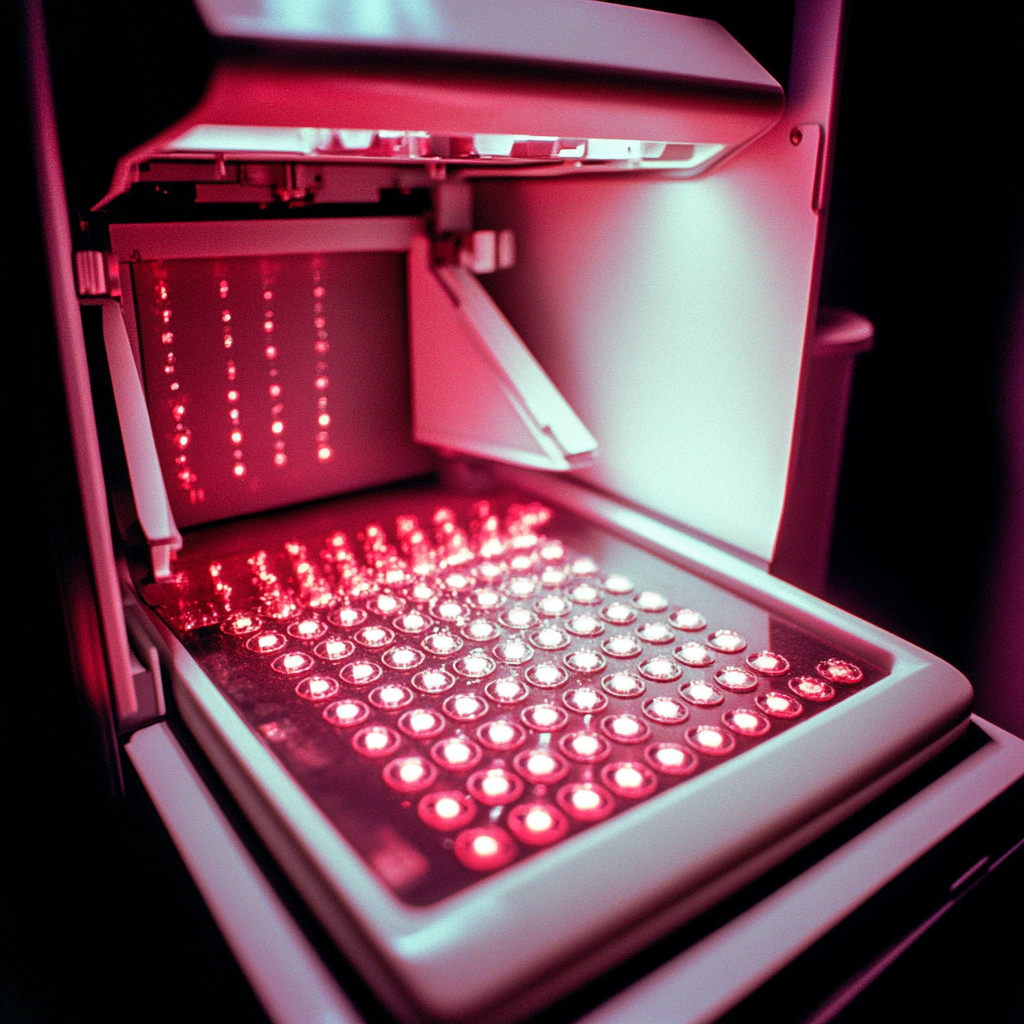Understanding the Study Results
This study developed a new machine learning model to diagnose tuberculous pleural effusion (TPE) quickly and without invasive procedures. The model uses routine lab tests to provide accurate results.
What Worked:
- The Light Gradient Boosting Machine (LGBM) model was the most effective among ten tested models.
- It achieved high accuracy, with an area under the curve (AUC) of 0.9454 in internal tests and 0.9262 in external tests.
- The model can identify TPE with a sensitivity of 86% and specificity of 91%, meaning it correctly identifies most cases and avoids false positives.
What Didn’t Work:
- The study did not explore the model’s performance in all possible patient demographics, so further validation may be needed.
How This Helps Patients and Clinics
This new model allows for:
- Faster diagnosis of TPE, which is crucial for timely treatment.
- A noninvasive method, reducing the need for painful procedures.
- Improved accuracy in diagnosing TPE, leading to better patient outcomes.
Real-World Opportunities
Hospitals and doctors can:
- Implement the LGBM model in their labs to streamline TPE diagnosis.
- Use the model to reduce unnecessary invasive tests, saving time and resources.
- Train staff on interpreting results from the model for better patient care.
Measurable Outcomes to Track
Clinics should monitor:
- Time taken to diagnose TPE before and after implementing the model.
- Number of invasive procedures performed for TPE diagnosis.
- Patient outcomes and satisfaction rates following diagnosis and treatment.
Suggested AI Tools
Clinics can consider using:
- Machine learning software that supports LGBM for easy integration with existing lab systems.
- Data visualization tools to help interpret model results clearly.
Step-by-Step Plan for Clinics
To start applying this model:
- Begin with a pilot program in one department to test the model’s effectiveness.
- Train staff on how to use the model and interpret results.
- Collect data on diagnosis times and patient outcomes during the pilot.
- Evaluate the pilot results and adjust processes as needed.
- Gradually expand the use of the model across other departments and patient groups.






























